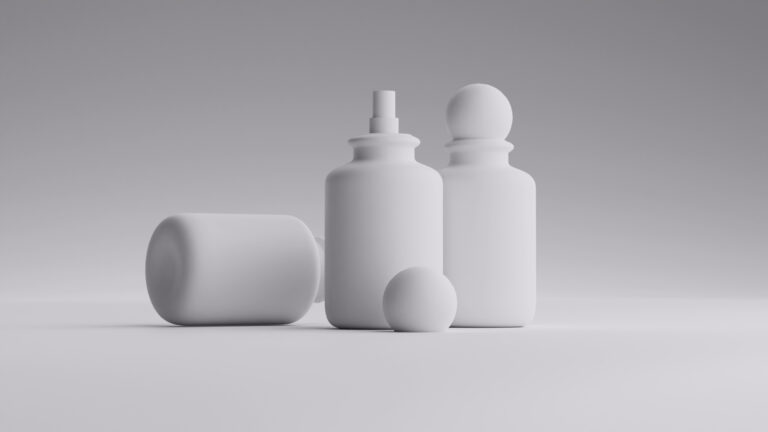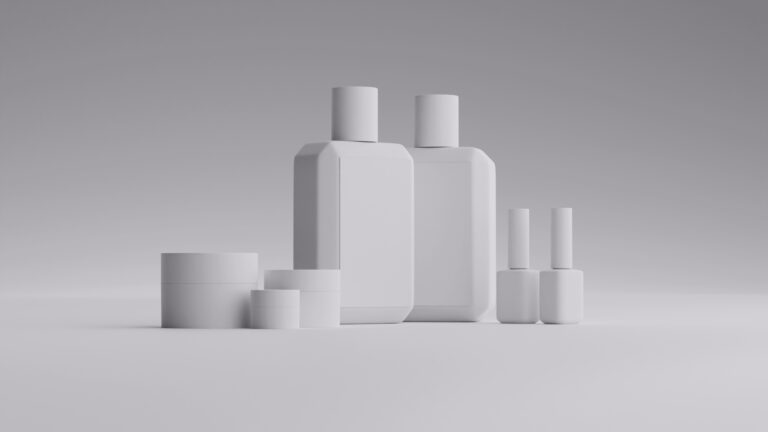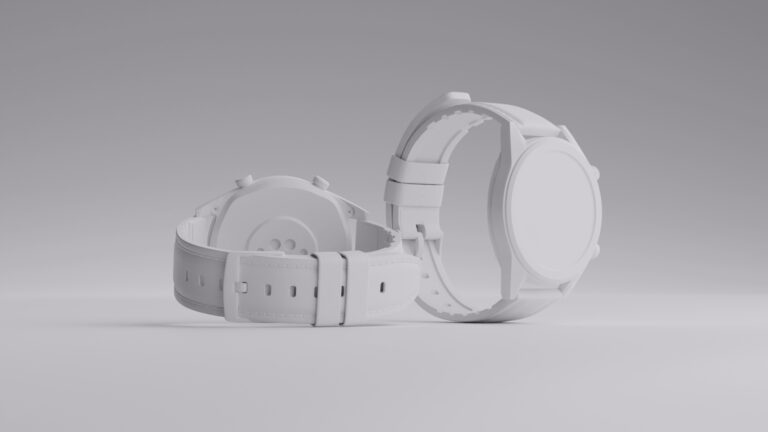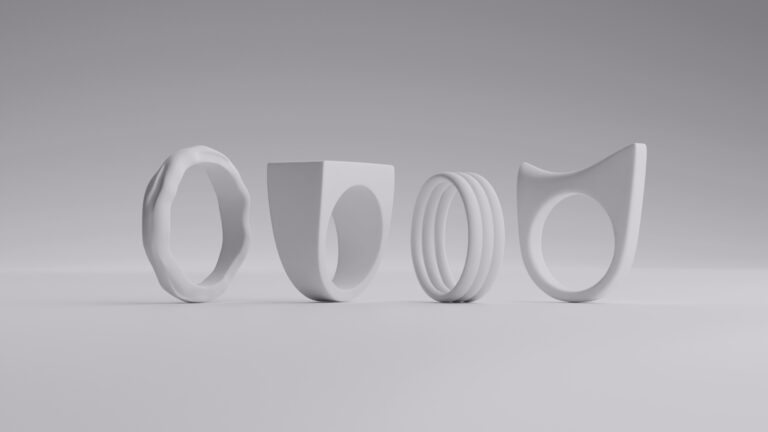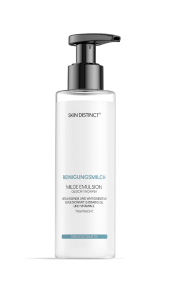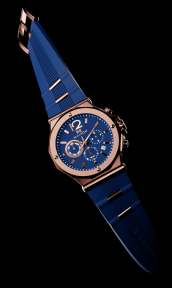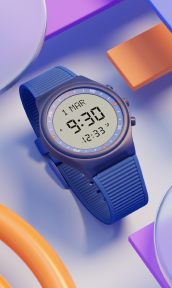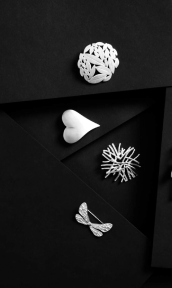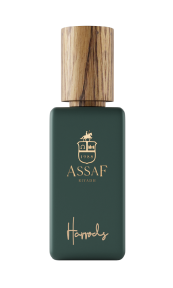If you’ve ever sighed at the sight of a “Return Request” email, you’re not alone. Returns are one of the biggest headaches in e-commerce, costing businesses billions each year. But beyond the financial drain, every return represents a disappointed customer, a missed opportunity, and a potential hit to your brand reputation.
So, how do you reduce the number of returns in e-commerce without compromising customer satisfaction? Let’s break down the why behind returns and then walk through 10 practical steps you can implement to decrease product returns in e-commerce today.
Why do e-commerce returns happen in the first place?

Returns don’t just happen because people change their minds. There’s a whole web of reasons behind that dreaded return label.
One big reason is that products don’t match their description. Imagine ordering a “cream linen blouse” that arrives yellow-tinted and polyester. Research data shows that up to 22% of returns happen because items look different in person than online.
Another common reason is damage during delivery. Poor packaging leads to broken items, dented boxes, and shattered customer trust. For example, cosmetics brands with fragile bottles often see high return rates if products are loosely packed without protective inserts.
Late arrivals are another culprit. If your customer ordered shoes for a wedding and they arrive two days late, they’re going straight back. Studies show that about 10% of returns stem from delayed deliveries.
Sometimes, it’s sizing issues, especially in fashion. One UK retailer found that 70% of their returns were due to fit issues, often because sizing charts weren’t clear or models didn’t represent the customer’s body type.
Lastly, product quality itself drives returns. A chair that wobbles, a phone case that cracks within days, or makeup that irritates sensitive skin – these will come back to you faster than you can process refunds.
Understanding these reasons is key to fixing them. Let’s explore 10 simple steps to reduce online store returns and keep your customers happy.
Step 1: Optimize your product descriptions
Your product descriptions are your silent salespeople, and they need to speak clearly.
Using detailed, accurate descriptions helps customers know exactly what they’re getting. For example, “100% organic cotton T-shirt, midweight 180gsm, relaxed fit” is far more helpful than simply saying “high-quality cotton tee.”
Research shows that around a quarter of returns happen because descriptions are unclear or inaccurate. Including exact dimensions, materials, colors, and care instructions sets realistic expectations and reduces the chance of disappointment.
To reduce e-commerce returns, go beyond basic specs. Explain how the product feels, fits, or functions in everyday use. If you’re selling chairs, mention “ideal for desks up to 75cm high,” or if your blouse runs small, write “fits snug at the bust – size up if in between sizes.” You can even add context like “best for layering under jackets” or “fabric has minimal stretch,” which guides customers’ decisions.
This level of honesty might reduce impulse buys, but it builds long-term trust. When shoppers know exactly what to expect, they’re far less likely to be surprised. And that’s how you decrease product returns in e-commerce and build a loyal, confident customer base.
Step 2: Use high-quality, realistic product photos

Humans are visual creatures. If your product images look like they were taken with an old flip phone under harsh fluorescent lights, your returns will reflect that.
Research shows that around 20% of returns happen because products look different from their photos. To avoid this, invest in clean, true-to-life images that showcase products from multiple angles and in real-life settings.
For example, jewelry stores can display earrings on models with different ear shapes and skin tones to help customers visualize the fit. Skincare brands can show bottles held in hand to demonstrate size and packaging details. It’s also important to include close-ups to highlight textures and finishes, especially for products like makeup, ceramics, or textiles.
Always avoid overly edited or filtered images that misrepresent color or texture, as these create unrealistic expectations. When customers see exactly what they’ll get, it minimizes surprises and significantly reduces online store returns, building trust with every purchase.
Step 3: Offer detailed sizing guides with visuals
Sizing is one of the biggest challenges for online fashion retailers. A simple “S-M-L” chart just doesn’t cut it anymore.
Adding precise measurements, fit notes, and comparison visuals makes a huge difference. For example, including a table that shows model height, weight, and the size they’re wearing helps customers understand how an item might fit their own body. Many retailers have found that providing this kind of detailed sizing guidance can significantly reduce returns due to fit issues.
Going a step further, integrating fit prediction tools can also help. These tools gather data from customer purchases and recommend the best size based on body shape and past buying behaviour. Studies have shown that using fit prediction technology can lower return rates by up to 20%, as shoppers feel more confident choosing the right size the first time.
Improving sizing guidance not only reduces the number of returns in e-commerce but also builds trust, helping customers feel confident clicking “Buy Now” without hesitation.
Step 4: Provide video demonstrations
Static photos are helpful, but videos take customer trust to an entirely new level.
Research shows that products with video content often see 25-30% fewer returns. This is because videos provide a richer, more realistic view, showing how a product moves, looks under different lighting, and fits or functions in real life.
For example, beauty brands can show lipstick being applied on different skin tones under natural light to reduce color-based returns. Furniture brands can use 360-degree videos to show how a sofa looks from every angle and how it compares in size to other items in a room, helping customers visualize it in their own space.
While creating videos might feel like extra effort, it’s a powerful way to decrease product returns in e-commerce. Not only does it reduce misunderstandings about products, but it also boosts customer confidence and conversions at the same time.
Step 5: Improve your packaging to prevent damage

Returns due to damage are costly, and they can damage your brand reputation. Imagine a customer unboxing a shattered candle jar or a cracked makeup compact. They’re not only disappointed but far less likely to order from you again.
Research shows that around 30% of product returns happen because items are damaged during shipping. The solution is better packaging.
Use protective inserts, double-walled boxes, and filler materials that cushion fragile products securely. It’s worth testing your packaging by performing drop tests – yes, physically dropping your boxed products from various heights to see how they hold up under real delivery conditions.
Also, make sure your external packaging is weatherproof so it can handle rain, snow, or even a humid day without any trouble. Investing in stronger, protective packaging might cost a little more upfront, but it shows your customers that you truly care about them and their purchase. After all, there’s nothing better than receiving an order that arrives pristine, just as they hoped. It’s a small price to pay to reduce e-commerce returns, protect your products, and make every unboxing feel like a gift.
Step 6: Set clear expectations around delivery times
Customers get frustrated when their orders arrive late. And frustrated customers often end up returning items they no longer need or want.
Research shows that about 10% of returns happen because of delayed deliveries. To tackle this, it’s important to always provide realistic delivery timeframes. A good rule of thumb is to underpromise and overdeliver. For example, if your standard shipping takes 3-5 days, list it as 5 days so customers are pleasantly surprised when it arrives earlier than expected.
Also, make sure to provide clear tracking updates along the way. Many customers check their order status at least once a day, and keeping them informed helps reduce their anxiety about when it will arrive. When shoppers feel confident that their order is on its way, they’re much less likely to return it out of frustration or inconvenience. Small steps like these show customers you value their time, helping reduce e-commerce returns and build trust with every order.
Step 7: Analyze your return data to identify patterns

You can’t fix what you don’t measure. Taking the time to analyze your return data can reveal valuable insights about why products are being sent back.
For instance, you might notice that one particular product has a 40% return rate because of sizing issues, while another frequently gets returned due to differences in color compared to what customers expected. Seeing these patterns helps you understand exactly where improvements are needed.
Many e-commerce platforms offer analytics tools that can break down returns by reason, location, customer segment, or product type. By reviewing this data regularly, you can make informed decisions – whether that means updating your product photos, adding more detailed sizing guides, adjusting descriptions, or even re-evaluating certain suppliers.
Using data to guide these changes is one of the most effective ways to reduce returns in online shopping. It stops small issues from becoming bigger problems and keeps your business running smoothly while keeping your customers happy and confident in their purchases.
Step 8: Enhance customer communication pre- and post-purchase
Good communication goes a long way in preventing buyer’s remorse. Before a customer makes their purchase, make sure they know exactly what to expect. Live chat tools on your website can be incredibly helpful for answering last-minute questions about fit, color, materials, or delivery times, giving customers that extra reassurance they need before clicking “Buy Now.”
After the purchase, keep the communication going. Send confirmation emails that include clear details about your return policy and what steps to take if they’re not completely happy with their order. Following up with helpful usage tips can also make a big difference. For example, skincare brands often send instructions on how to use a product correctly to avoid irritation, which can prevent unnecessary returns.
Studies have shown that brands with strong post-purchase communication see up to 50% fewer returns because customers feel supported, informed, and cared for. When shoppers feel confident and know that you’re there to help, they’re much less likely to send products back, which reduces online store returns and builds long-lasting trust with your brand.
Step 9: Offer AR and virtual try-ons for certain products

Virtual try-ons aren’t just a flashy gimmick – they’re proven to reduce e-commerce returns. One study reports that AR (augmented reality) try-ons decrease returns by up to 30% for beauty brands.
For example, customers trying on lipsticks virtually are less likely to buy colors that don’t suit them. Furniture retailers using AR room placement tools help customers visualize whether a couch fits their living room.
This reduces the number of returns in e-commerce by eliminating guesswork and ensuring customers are confident in their purchases before they hit “Checkout.”
Step 10: Use CGI for hyper-realistic, accurate product visuals
Finally, let’s talk CGI. This is your secret weapon to reduce e-commerce returns.
CGI (Computer-Generated Imagery) creates hyper-realistic product images and videos without needing physical prototypes. This ensures:
– Colors are exact, not altered by lighting or camera settings
– Textures appear true-to-life, whether it’s a matte foundation or a glossy phone case
– Customers see products from every angle, in every variation, increasing confidence
At Welpix, we specialize in CGI product photography for e-commerce brands. Instead of scheduling expensive photoshoots, you can showcase new SKUs, colorways, and textures digitally within days.
This not only decreases product returns in e-commerce due to misleading visuals but also saves costs on reshoots, props, and logistics. It’s a powerful way to improve accuracy, brand consistency, and profitability all in one swoop.
Wrapping up
Reducing the number of returns in e-commerce isn’t about tricking customers into keeping products. It’s about empowering them to make the right choice in the first place.
From optimizing product descriptions to enhancing images with CGI, these 10 steps will help you reduce online store returns, keep customers smiling, and protect your bottom line. Because at the end of the day, a happy customer is a returning customer.
FAQ
What is the main reason for product returns in e-commerce?
The biggest reasons are products not matching descriptions, sizing issues, and damage during delivery.
How can I reduce return rates in fashion e-commerce?
Use detailed sizing guides with model visuals, fit notes, and integrate virtual try-on tools to help customers choose the right size confidently.
Do AR and CGI really reduce returns?
Yes. AR helps customers visualize products in their space or on their body, while CGI ensures images are true-to-life, reducing surprises on delivery.
How does packaging affect returns?
Poor packaging can lead to damage during transit, resulting in higher return rates and dissatisfied customers.
Why should I analyze return data?
Analyzing data reveals patterns in product issues, customer segments, and reasons for returns, allowing you to fix problems strategically and minimize future returns.








